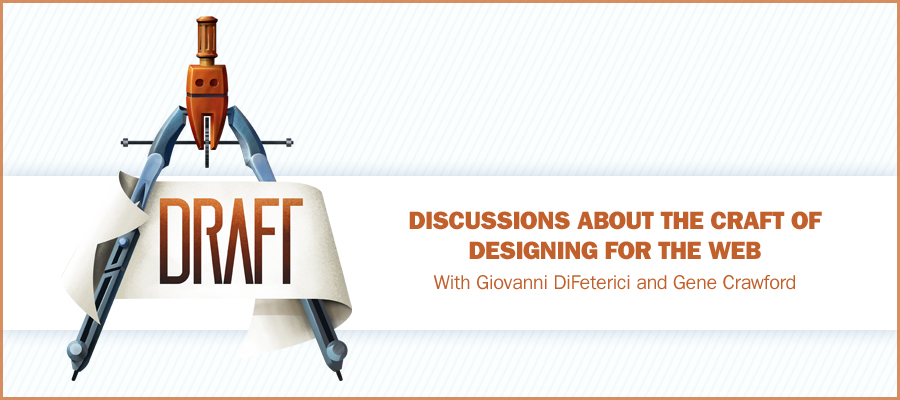
Play or Download this Episode
Download MP3 (11.25 MB / 00:12:17)
Subscribe to the Show
About this Episode
In a previous interview we did with Josh Clark (globalmoxie.com) he talked about the idea that people actually like, respect and will use things that are complex as long as we don’t make them complicated. It’s a fine line indeed, maybe we’re on to something here with this idea. What do you think?
About the Show
This is Draft, a show about the craft of designing for the web. Your hosts are Giovanni DiFeterici (@giodif) and Gene Crawford (@genecrawford) both from this little old website right here: UnmatchedStyle. Also, in this episode we are joined by another UMS editor Jay Barry (@petridisc).




NIce example with TCP/IP and UDP Jason. Thanks for the linkup to the older article too.
Complicated as an English word describes something that has become complex. They come from the same root meaning which confuses the topic. I think the principle your going for is fine but this is not a good approach to describe the actual issue. The best way to describe this is Perceived Complexity vs. Actual Complexity. Something may be very complex but in the interface and associated interactions it can appear to the user to be less complicated that it really is. The keys is reducing actual and perceived complexity as much as possible without removing functionality (usefulness). This is critical to a great experience. Simplicity is the overarching component here and contains these five areas that need balanced: scanability, complexity, cognitive load, negative space, and usefulness.